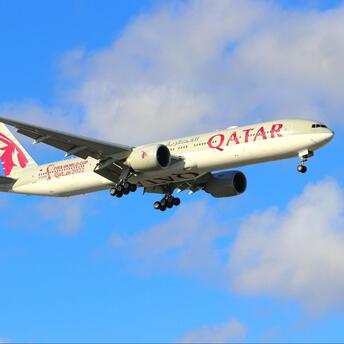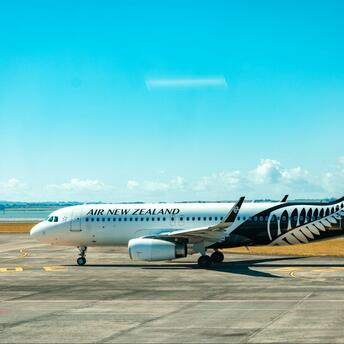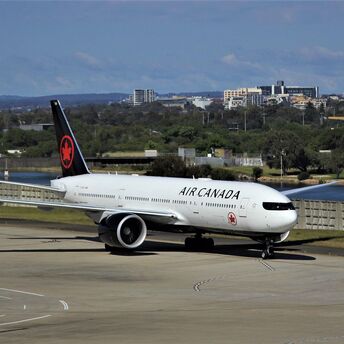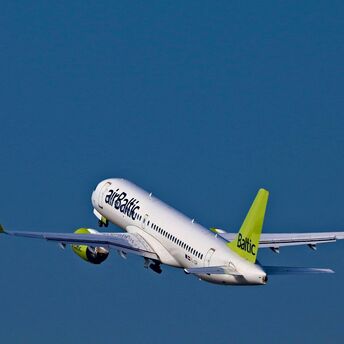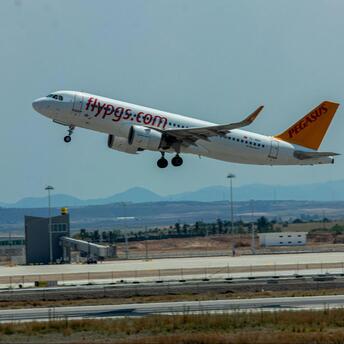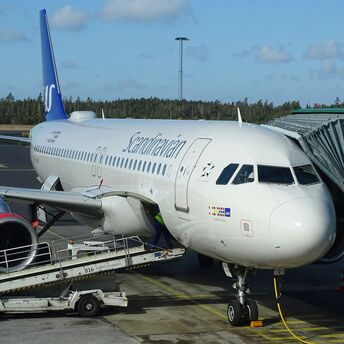New Iceland–Miami Route Expands Travel Options Across the Atlantic
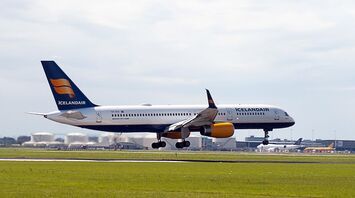
Icelandair has begun regular flights between Reykjavík’s Keflavík International Airport and Miami International Airport in Florida. The service started in late October 2025 and operates three times per week on Tuesdays, Thursdays and Saturdays. Flights are carried out with the airline’s Airbus A321LR aircraft, with an estimated travel time of about eight hours. The new connection is scheduled to continue until May 2026.
Miami has become Icelandair’s nineteenth destination in North America and the second in Florida, alongside Orlando. The addition reflects a strategic effort to strengthen the airline’s transatlantic network by linking more U.S. cities with Europe through its hub in Iceland. It also aligns with Icelandair’s plan to balance tourism flows between regions while improving the efficiency of long-haul operations.
“We are delighted to launch flights to Miami and offer our passengers a new and exciting destination in Florida. Our new Airbus A321LR aircraft enable us to add exciting new destinations, and Miami is a perfect example. This route also creates convenient connections for travelers from Miami to our 38 destinations in Europe via Iceland and vice versa."
The new service gives people who want to travel between the southeastern US and northern Europe a different way to do so. People flying from Miami can connect through Reykjavík to get to more than 30 places in Europe without having to go through major continental hubs. The Airbus A321LR plane improves fuel economy and range on this route, giving route planners more options.
The new route offers access to Miami’s major landmarks, including the Art Deco Historic District in South Beach, the colorful Wynwood arts area and the palm-lined coast of Biscayne Bay. Those flying via Keflavík can include a short Icelandic stay, exploring the Blue Lagoon, black sand beaches and geothermal valleys before continuing their journey to mainland Europe.

This launch adds to the gradual restoration of global air connections and underlines growing demand for transatlantic travel. For passengers, it represents a practical improvement in mobility between two distant regions. The route expands travel choices, encourages regional tourism links and demonstrates how smaller national carriers continue to fill strategic gaps in post-pandemic aviation networks.




